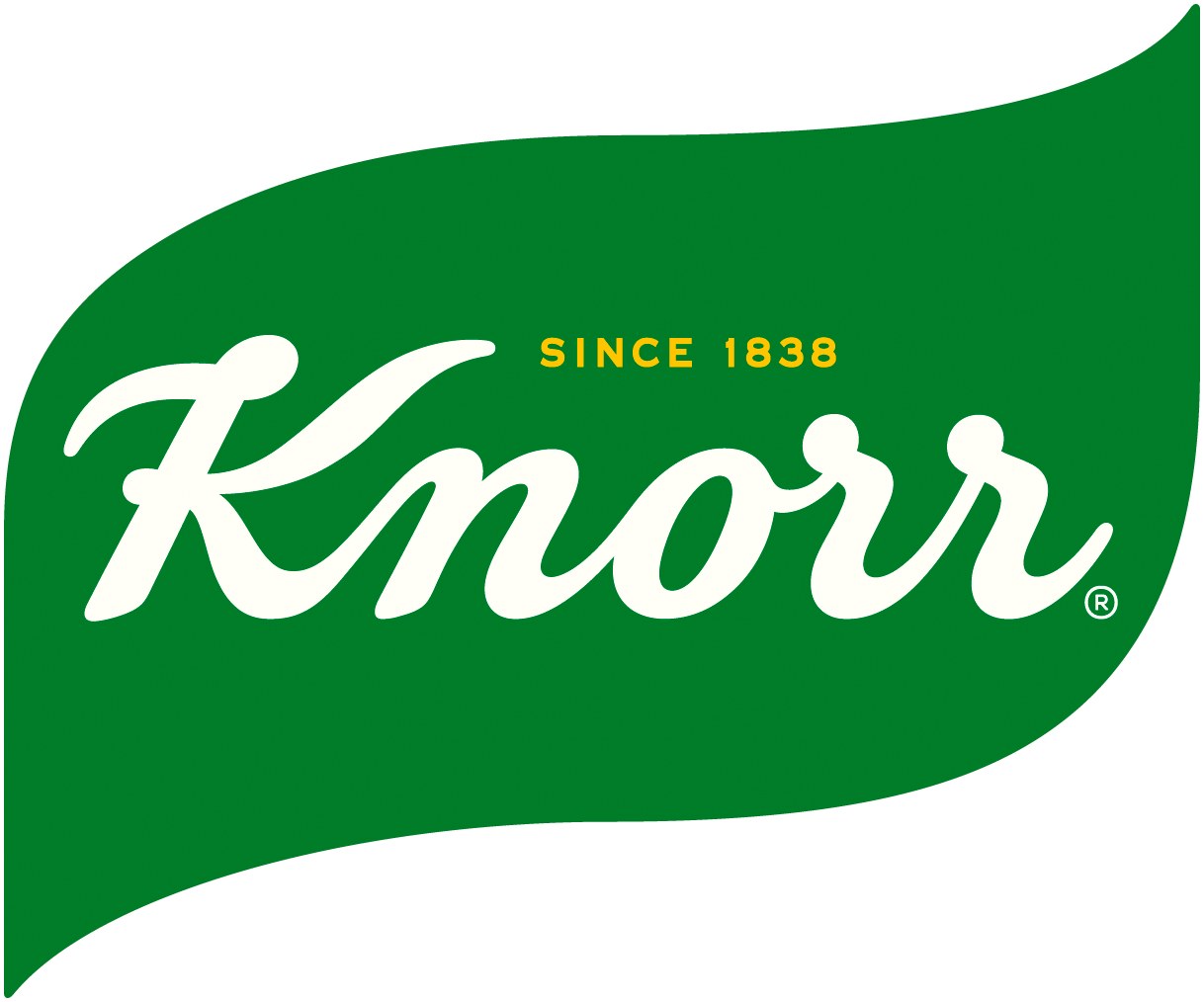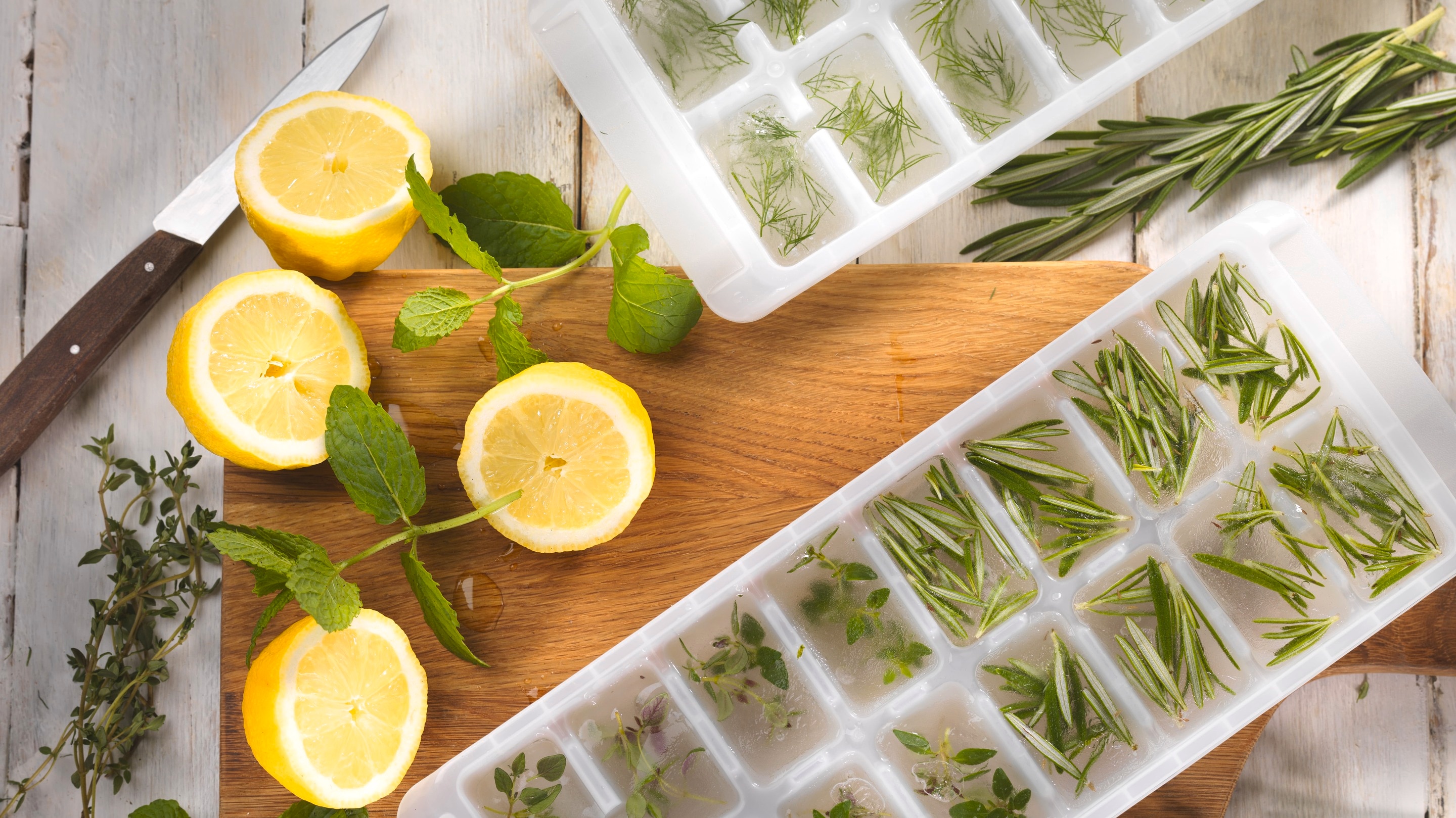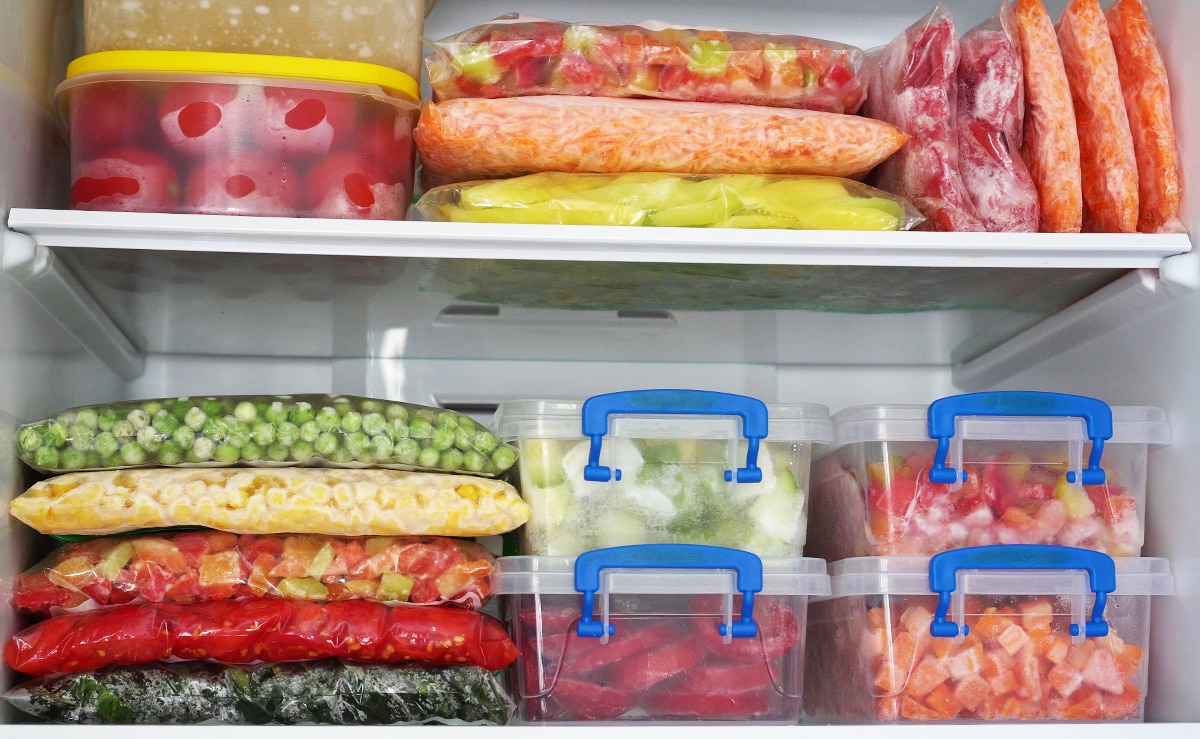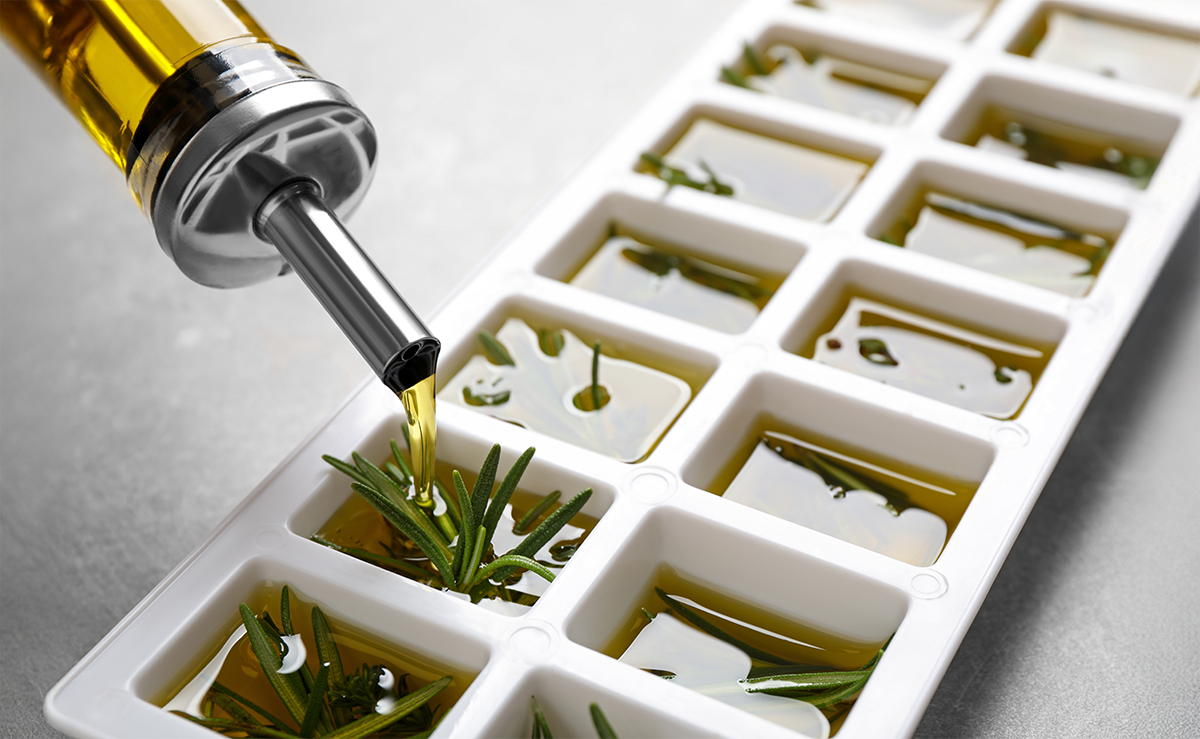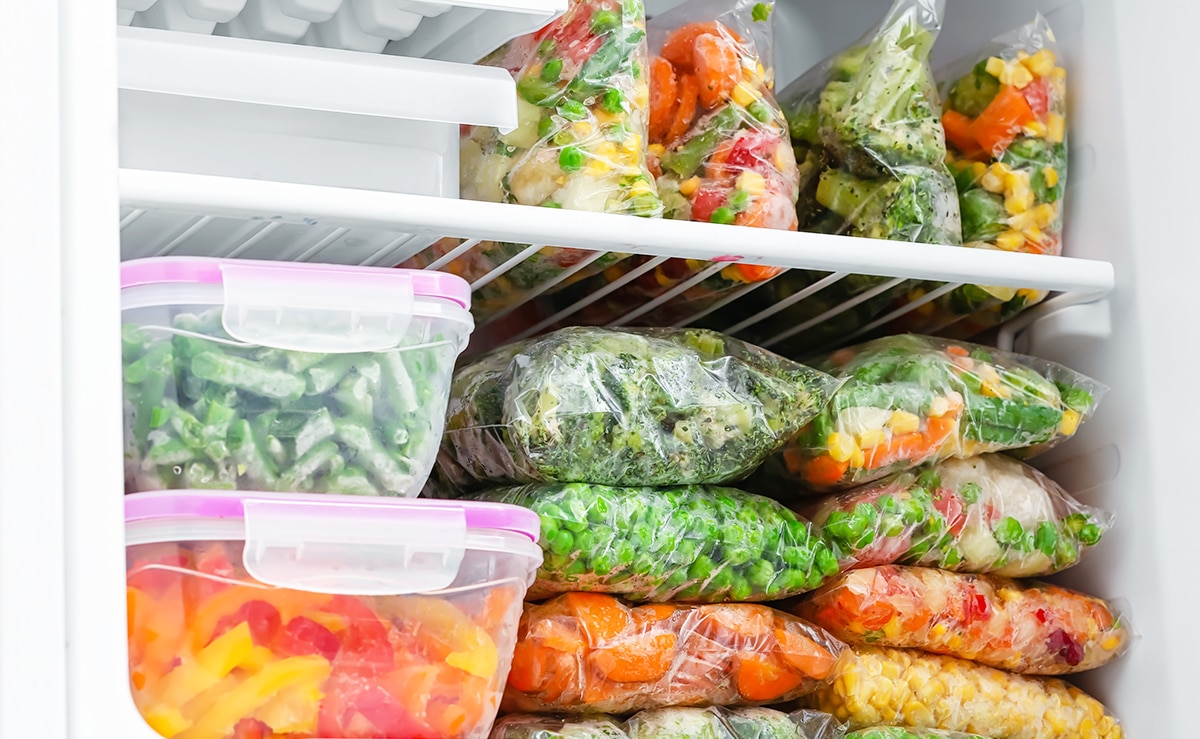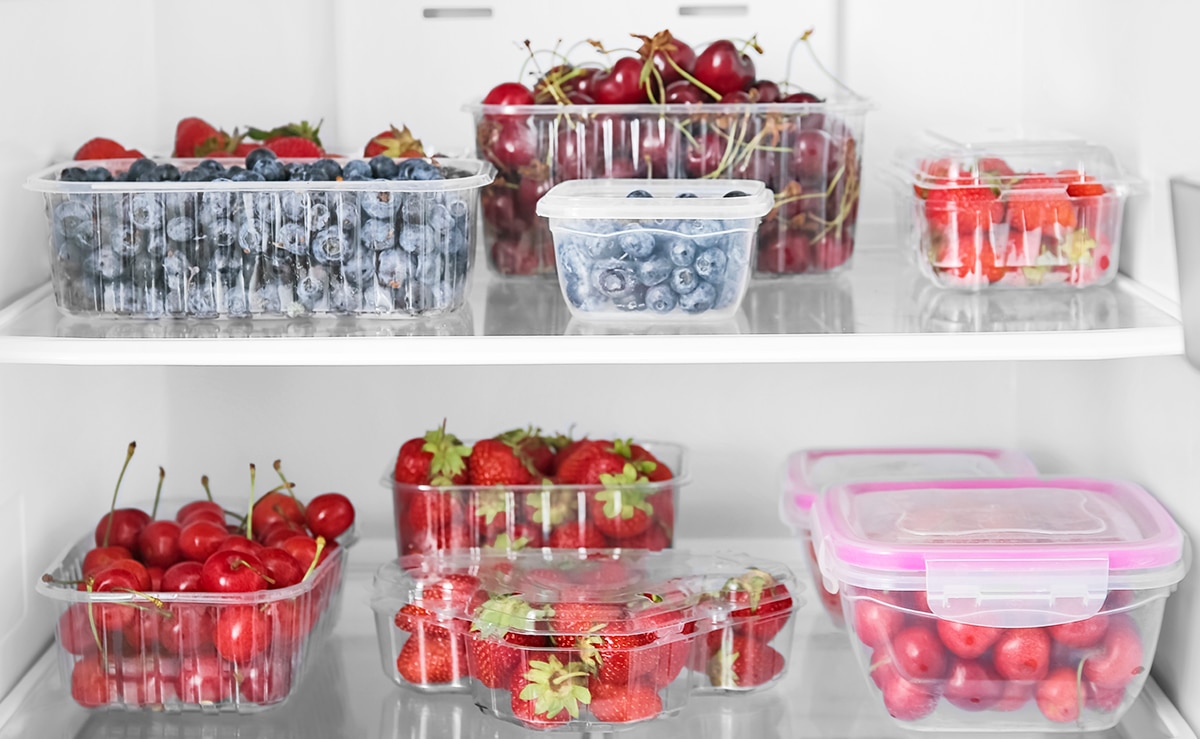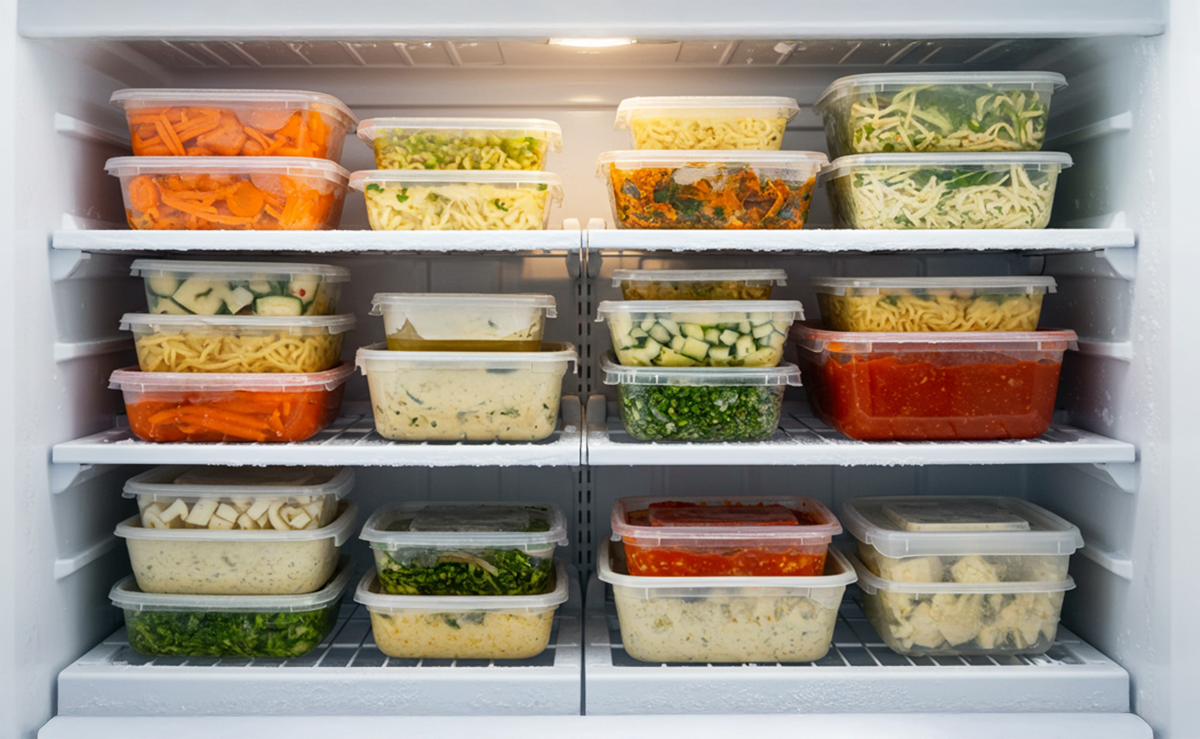Skip to:
Freezing is a great way to retain the texture, flavor, and color of foods and can help you with your weekly menu planning, thus avoiding waste. But what food can you freeze and what food should not be frozen?
The main thing to remember when freezing is once food is defrosted, don’t re-freeze. However, it’s worth mentioning that food containing ingredients that have been defrosted can then actually be frozen again once they have been cooked. For example, defrosting some ground beef, cooking a meatloaf with this ground beef, and then freezing leftover meatloaf is perfectly okay.
When it comes to preventing freezer burn, always ensure that food is well wrapped or stored in airtight containers as to not affect the taste or quality of your food.
Here are guidelines on how to freeze food:
How to Freeze Herbs
Softer herbs, like basil, cilantro, or dill, lose color and structure and are best not frozen. Herbs such as rosemary, thyme, lemongrass, chives, and mint freeze best and can keep for up to three months. A great tip is to freeze chopped herbs in ice cube trays. Fill the ice cube tray halfway with water or oil, depending on how you plan to use the cubes: in soups, stews, or sauces, use water. If you plan to use the herbs in sautés or stir-fries, use a neutral oil like canola or light olive oil.
How to Freeze Egg Whites
Whole eggs and separated yolks can’t be frozen, but egg whites will keep frozen for up to six months. When beaten, eggs can be frozen for up to 2-3 months. They are best thawed in the fridge, and defrosted beaten eggs are best used in baking.
How to Freeze Bread
To freeze bread, ensure it is well wrapped to protect it from freezer burn and use it within a month. Bread can be frozen for up to six months, but it is best to use it within a month to ensure optimal quality.
How to Freeze Vegetables
Vegetables with a high-water content, such as tomatoes and cucumbers, don’t freeze well as freezing damages the structure. Other vegetables freeze well, like broccoli, asparagus, green beans, and carrots. Freezing these vegetables will work best if they are blanched first. To blanch, simply plunge the vegetables into boiling water for 2 minutes, remove, then place under cold water to immediately stop the cooking process. Pumpkins are a great example of a vegetable that’s perfect for freezing. Peel and cut the pumpkin into rough large cubes, freeze, and cook later.
How to Freeze Meat
Raw meat will keep for around six months but is best used within 3 months. Thawed meat should never be re-frozen. If you want to freeze meat that’s already been thawed, then cook it first. Cooked and cured meats such as bacon should be frozen for no more than one month.
How to Freeze Fruits
Summer fruits can be kept in the freezer all year round. It’s best to freeze the berries laid out on a tray, then placed in a container or freezer bag; this way, they won’t stick together when freezing. Some berries, such as raspberries and blueberries, freeze reasonably well, while others like strawberries, which have higher water content, can be frozen but lose firmness when thawed and are best used for smoothies and purees. To freeze bananas, peel them and place them in a single layer on a baking sheet. Once frozen, transfer the bananas to a freezer bag or container for long-term storage. Frozen bananas are great for smoothies and baking. Try using frozen bananas in this delicious banana bread recipe!
How to Freeze Cheese
To freeze cheese, it is best to grate it before freezing for ease of use. Cheeses that have been frozen are best used only for cooking. Defrost the cheese overnight in the fridge before using. Not all types of cheese freeze well. Hard and semi-hard cheeses like cheddar, gouda, and Swiss freeze better than soft cheeses like brie or cream cheese, which can become crumbly and lose their texture.
How to Freeze Seafood
Fish is just perfect for freezing, and it’s best frozen straight after it’s caught. Frozen fish is best used within 1 month and should be used within a maximum of 3 months.
How to Freeze Milk
Milk freezes well and can be kept frozen for up to one month.
How to Freeze Broth
Broth can be frozen in portions for easy use in future recipes.
How to Freeze Rice
Spread cooked rice on a baking sheet to cool, then transfer it to airtight containers or freezer bags.
How to Freeze Leftovers
Leftovers can be frozen to extend their shelf life, ensuring they are well wrapped to prevent freezer burn.
How to Thaw Frozen Food
The safest method is refrigerator thawing, which allows food to defrost slowly at a safe temperature. For quicker results, use cold water thawing or the microwave's defrost setting, but always cook the food immediately after thawing to prevent bacterial growth.
By following these guidelines on how to freeze food, you can enjoy the benefits of extended shelf life and reduced waste, while maintaining the delicious flavors and textures of your favorite ingredients.

